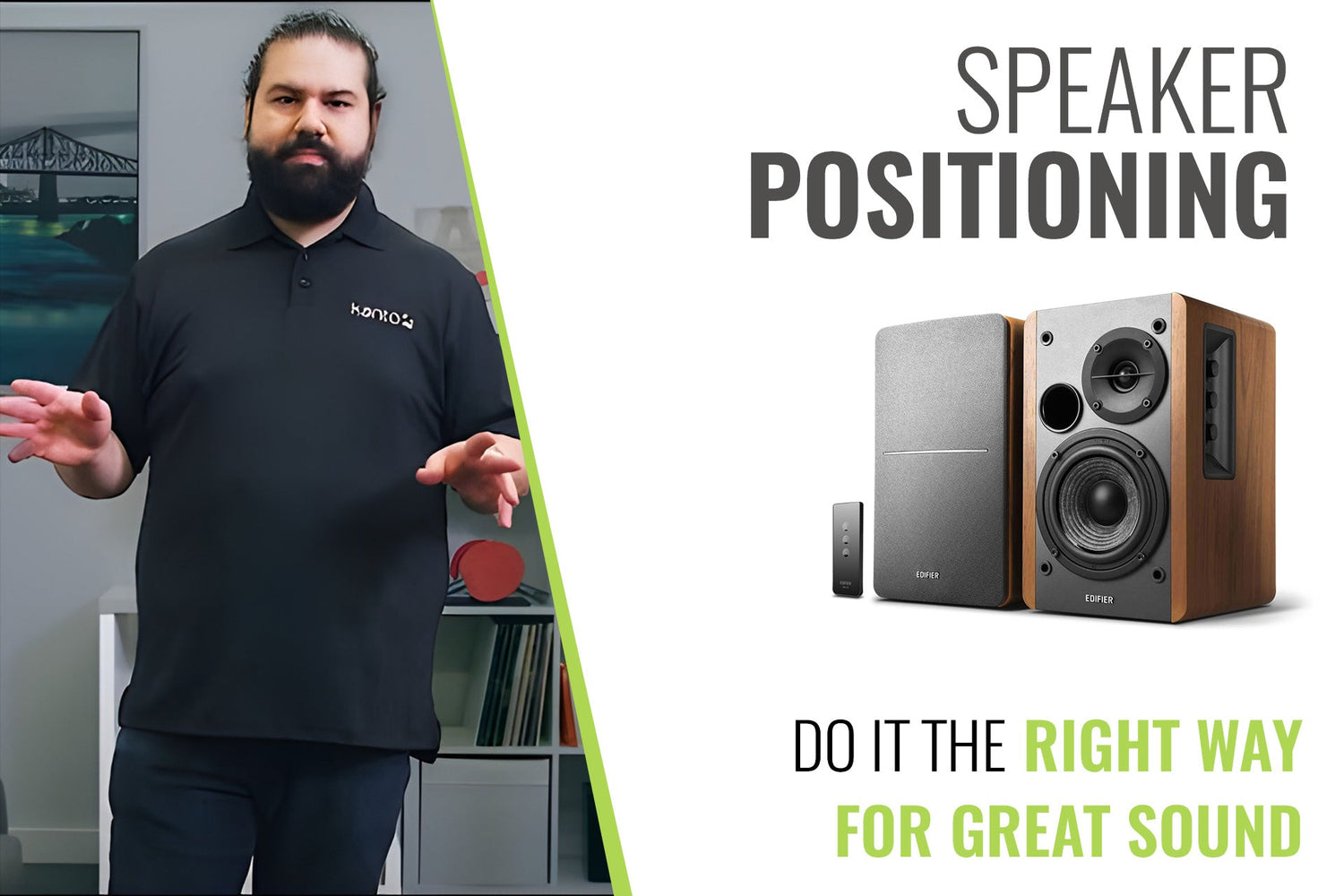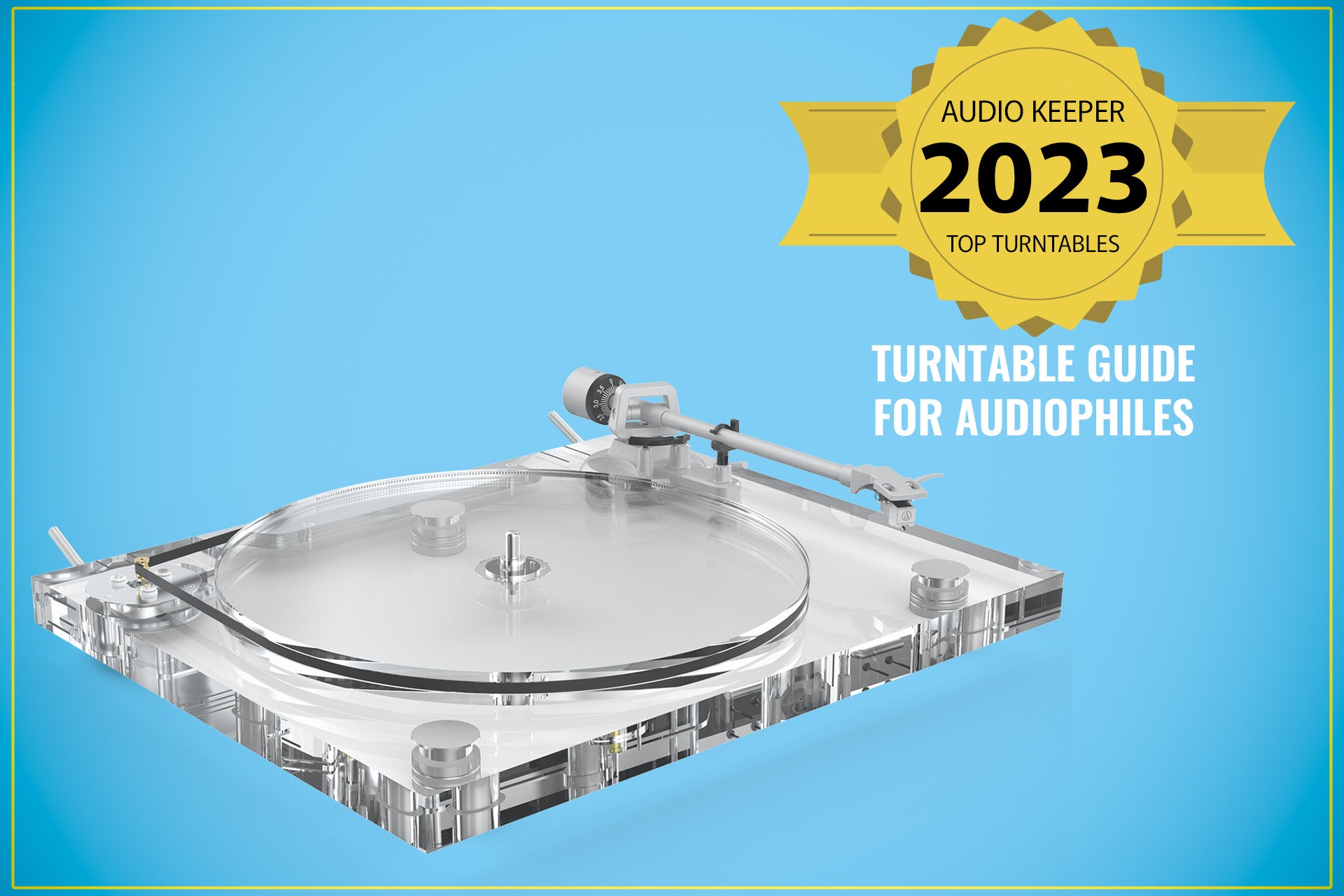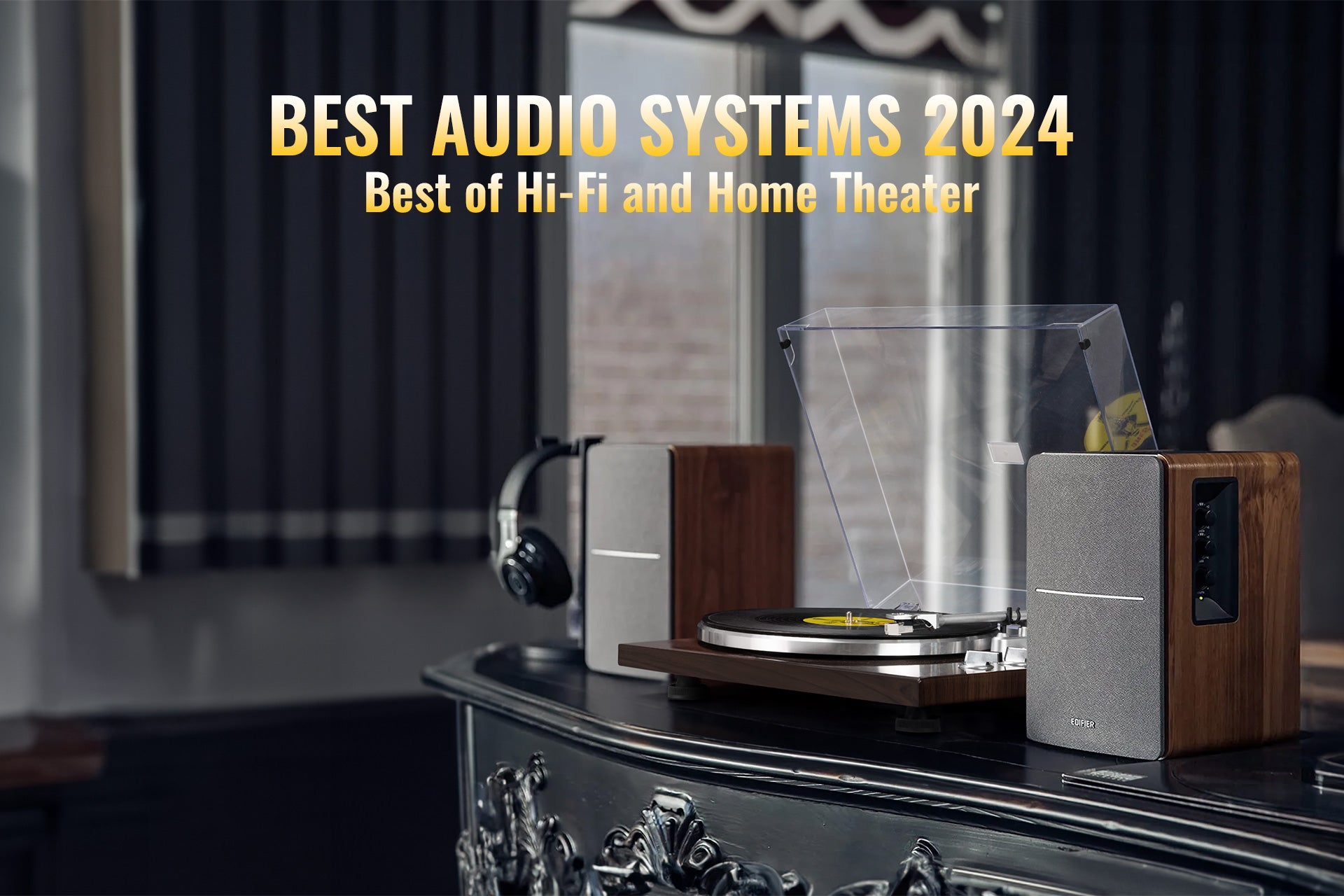🎧 Introduction | Why Speaker Positioning Matters More Than You Think
You can own the best speakers, turntable, or amp—but if your speakers are poorly placed, your vinyl will never sound as it should.
Most beginners focus on upgrading cartridges or cables, but speaker positioning is where real magic happens. It’s the invisible factor that creates a soundstage—that 3D illusion where you can almost see the singer standing center stage, the guitar to the right, and the drummer in the back.
Whether you’re setting up your first vinyl system or fine-tuning your dream rig, this audio setup guide will walk you through the physics, psychology, and placement techniques that make music sound alive.
H2-1️⃣ Understanding the Vinyl Soundstage: What You’re Really Hearing
Before you move your speakers an inch, you need to understand what you’re chasing: a balanced soundstage.
A soundstage is the spatial illusion your system creates. When done right, the music feels like it’s floating between and around your speakers—not coming from them.
What affects it?
- Speaker distance and angle
- Listening position symmetry
- Room reflections and wall materials
When you optimize these factors, your brain can locate sounds in three-dimensional space—vocals in the center, bass grounded, and instruments naturally layered.
🗣️ As one Reddit user on r/audiophile put it: “I didn’t realize how bad my setup was until I shifted each speaker 6 inches forward—suddenly the singer stepped out of the speakers.” (source: Reddit, 2024)
H2-2️⃣ The “Equilateral Triangle” Rule: Foundation of Great Sound
Every speaker positioning guide starts with one concept: geometry.
To build an accurate soundstage, your listening spot and speakers should form an equilateral triangle—meaning each side (the distance between you and each speaker, and between the speakers themselves) is roughly equal.
Here’s how to do it:
- Measure the distance between your two speakers (e.g., 6 feet).
- Sit the same distance away from the center point between them.
- Toe-in each speaker slightly (around 10–15°) so the tweeters aim just behind your head.
Why it works: this layout ensures equal timing of sound reaching your ears from both speakers—essential for stereo imaging.
If your vinyl system feels flat or “off-center,” this simple adjustment often solves it instantly.
H2-3️⃣ Wall Distance: Managing Bass and Clarity
One of the biggest mistakes beginners make is placing speakers too close to walls.
Walls reflect low frequencies, causing bass buildup and making your mix sound muddy or uneven.
General guideline:
- Leave at least 12–24 inches between your speaker’s rear panel and the back wall.
- For rear-ported speakers, increase that distance to 2–3 feet if possible.
- Avoid putting speakers in corners—bass frequencies pile up there like a wave in a bathtub.
If your room is small, try bass traps or foam panels behind the speakers. Even simple furniture (like a thick curtain or plant) can help absorb reflections and clean up your vinyl playback.
🎧 Pro Tip: Audio Keeper isolation stands can reduce floor vibration, giving tighter bass and clearer midrange without moving your setup.
H2-4️⃣ Toe-In Angles and Listening Position: Fine-Tuning Your Stereo Image
Small angle changes can dramatically alter how you perceive the soundstage.
Here’s the quick test:
- Sit in your normal listening position.
- Slowly rotate (toe-in) both speakers toward your seat.
- Stop when the center vocals “lock in” clearly between both speakers.
If vocals sound too far apart, your speakers are too angled outward. If the sound feels too narrow or “beamy,” they’re angled inward too much.
This is what audiophiles call sweet spot calibration—it’s the invisible bullseye where your vinyl soundstage feels open, balanced, and real.
Some high-end listeners even use laser pointers to measure perfect toe-in alignment (yes, it’s that precise).
H2-5️⃣ The Impact of Floor and Furniture Reflections
The floor and furniture between your speakers and ears play a huge role in clarity.
A glass coffee table or hardwood floor can create early reflections, making vocals sharp or fatiguing.
Acoustic fixes that actually work:
- Place a rug between you and your speakers.
- Avoid glass-topped tables near the listening path.
- If you must keep furniture, try soft materials or diffusing surfaces (e.g., fabric ottoman).
Think of it this way: every reflection adds an echo your brain must process. Reduce those, and your vinyl playback feels cleaner and more “in the room.”
H2-6️⃣ Room Shape and Symmetry: Don’t Fight Physics
Your room’s shape defines your system’s limits—and possibilities.
Rectangular rooms are usually best because they allow for even reflections.
Square rooms tend to create “standing waves,” where certain bass notes overpower others.
Tips to improve room acoustics:
- Avoid setting up directly in the middle of a square room.
- Place your listening chair slightly off-center (around 38% from the back wall).
- Use furniture strategically—sofas, curtains, and shelves act as natural absorbers.
If your setup is off-center or one wall is closer than the other, the soundstage will “pull” to one side. Balancing the space visually and acoustically helps fix that.
H2-7️⃣ Speaker Stands, Isolation, and Vibration Control
Even perfect positioning won’t help if your speakers vibrate with the floor.
Using proper stands elevates your speakers to ear level and decouples them from surfaces—reducing distortion and improving stereo image focus.
Look for:
- Heavy, stable stands with adjustable spikes.
- Isolation pads (like Audio Keeper’s HQKZ-006 series) to reduce resonance.
- Consistent height with ear-level tweeters (usually 36–40 inches for seated listeners).
💡 Many Reddit vinyl enthusiasts report that upgrading to proper stands made a bigger impact than swapping amps. Stability equals clarity.
H2-8️⃣ Advanced Soundstage Tweaks for Vinyl Lovers
Once your main positioning is dialed in, you can explore deeper tuning:
- Experiment with toe-in asymmetry – sometimes 2–3° difference improves center focus.
- Add diffusers on the wall behind your listening chair to scatter reflections.
- Tilt speakers slightly upward if your seating is low to align tweeters with your ears.
- Try nearfield listening (sit closer to speakers) for tighter imaging in small rooms.
Remember: every space behaves differently. Take time to experiment—and keep notes. The process itself is part of the fun.
🎵 Conclusion | Your Room Is the Final Instrument
The beauty of vinyl lies in its realism—the warmth, depth, and presence that digital formats can’t replicate. But that magic only reveals itself when your speaker positioning is right.
A well-positioned system transforms your listening room into a live performance space. Vocals float, bass tightens, and you’ll rediscover albums you thought you knew.
Don’t chase expensive upgrades before mastering your setup. Move your speakers first. Measure. Listen. Adjust.
That’s how professionals—and passionate vinyl lovers—get truly great sound.
And when you’re ready to take it further, explore Audio Keeper’s lineup of isolation platforms, precision-engineered stands, and setup accessories to make your vinyl system perform its best.









Leave a comment
All comments are moderated before being published.
This site is protected by hCaptcha and the hCaptcha Privacy Policy and Terms of Service apply.